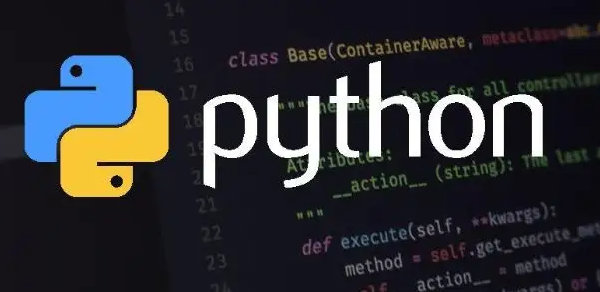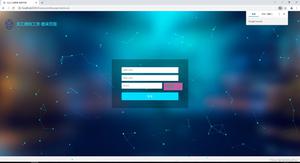并发编程

并发编程: https://www.processon.com/mindmap/5f636bac0791295dccc46f28
from concurrent.futures import ThreadPoolExecutor,ProcessPoolExecutorimport requestsimport osdef get_page(url):print("<进程%s> get %s" %(os.getpid(),url))respone
=requests.get(url)if respone.status_code == 200:return {"url":url,"text":respone.text}def parse_page(res):res
=res.result()print("<进程%s> parse %s" %(os.getpid(),res["url"]))parse_res
="url:<%s> size:[%s]" %(res["url"],len(res["text"]))with open(
"db.txt","a") as f:f.write(parse_res)
if__name__ == "__main__":urls
=["https://www.baidu.com","https://www.python.org","https://www.openstack.org","https://help.github.com/","http://www.sina.com.cn/"]
p
=ProcessPoolExecutor(3)for url in urls:p.submit(get_page,url).add_done_callback(parse_page)
#parse_page拿到的是一个future对象obj,需要用obj.result()拿到结果
并发 爬虫小程序
#### 有那几种IO模型blocking IO 阻塞IO
nonblocking IO 非阻塞IO
IO multiplexing 多路复用IO 也叫事件驱动IO(event driven IO)
signal driven IO 信号驱动IO
asynchronous IO 异步IO
由signal driven IO(信号驱动IO)在实际中并不常用,所以主要介绍其余四种IO Model。
#### IO模型的区别是在那两个阶段上?
1)wait for data 等待数据准备 (Waiting for the data to be ready)
2)copy data 将数据从内核拷贝到进程中(Copying the data from the kernel to the process)
blocking IO:在IO执行的两个阶段(等待数据和拷贝数据两个阶段)都被block了。
在非阻塞式IO:在等待数据阶段是非阻塞的,用户进程需要不断的主动询问kernel(内核)数据准备好了没有。 需要注意,拷贝数据整个过程,进程仍然是属于阻塞的状态。
非阻塞IO模型绝不被推荐。
多路复用IO: 优势在于可以处理多个连接,不适用于单个连接
当用户进程调用了select,那么整个进程会被block,而同时,kernel会“监视”所有select负责的socket,当任何一个socket中的数据准备好了,select就会返回。这个时候用户进程再调用read操作,将数据从kernel拷贝到用户进程。
对于每一个socket,一般都设置成为non-blocking,但是,整个用户的process其实是一直被block的。只不过process是被select这个函数block,
而不是被socket IO给block。
异步IO:都不阻塞。当进程发起IO 操作之后,就直接返回再也不理睬了,直到kernel发送一个信号,告诉进程说IO完成。在这整个过程中,进程完全没有被block。
IO模型
以上是 并发编程 的全部内容, 来源链接: utcz.com/z/530356.html







